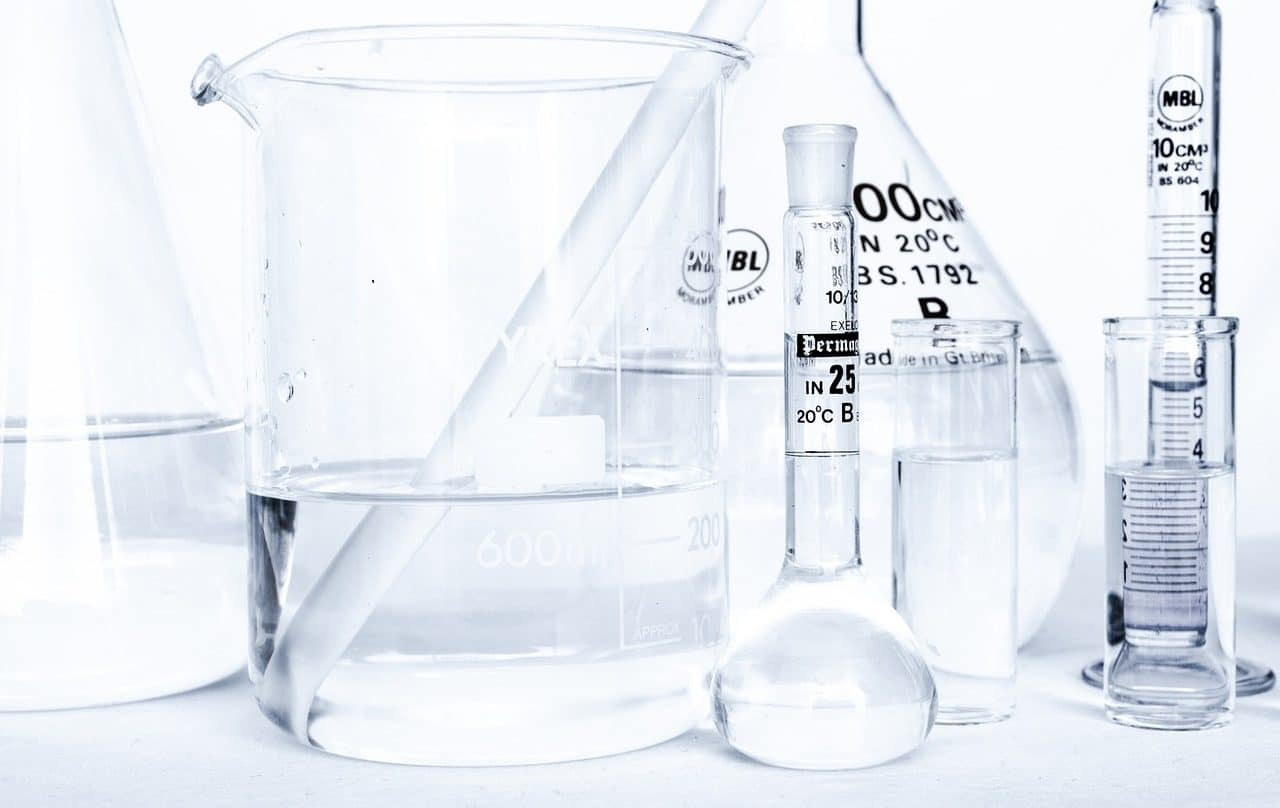
A test tube is a laboratory instrument.
A test tube is a plastic or glass instrument used in laboratories to contain and measure a liquid or gas . It is a transparent tube that includes a graduation so that the observer can know what volume the substance housed inside occupies.
Generally, the test tube has a base on which it rests, a closed lower end so that the contents do not escape, and an opening at the top. The test tubes can measure different volumes according to their size.
The most frequent use of test tubes appears in chemical analysis . The substance to be analyzed is housed in the test tube and can thus be measured. If great precision is required, there are other more suitable instruments , such as pipettes .
test tube baby
On the other hand, a child born through the in vitro fertilization technique is known as a test tube baby . In these cases, the sperm fertilize the oocytes outside the woman 's body. What is done is to extract oocytes from the ovaries and then fertilization is carried out in a liquid type medium. Once fertilized, the oocyte is taken back to the mother's uterus to develop until the moment of birth.
Louise Brown was the first test tube baby in history . His birth occurred on July 25, 1978 in Oldham ( England ), weighing 2.61 kilograms . In 2006 , Louise gave birth to her first child, conceived naturally.

A child born through in vitro fertilization is often called a test tube baby.
Development of in vitro fertilization
In vitro fertilization was originally developed to combat cases of infertility related to disorders in the uterine tubes (also known as fallopian tubes , they are muscular tubes that serve to connect the uterus and ovaries) but over time it began to compensate for other types of infertility. When the problem lies in the man, one of the most successful techniques is intracytoplasmic sperm injection , which consists, in short, of injecting a sperm into the cytoplasm of the oocytes through a micropipette.
To carry out this treatment , it is first necessary to have healthy oocytes and a uterus in which a pregnancy can take place. Although in certain countries social health services cover the necessary expenses for the fertilization of test tube children, this is usually the last resort, since the costs are considerable .
It is interesting to note that women who have reached menopause can also become mothers of test tube babies. To do this, the oocytes must be extracted from a donor of reproductive age . In the same way, women who have totally or partially lost their fertility due to cancer treatment, among other pathologies that entail violent interventions for the body , can also regain the possibility of bringing a child into the world.
The health of test tube children
For many years there was doubt about the health of test tube children compared to those who are conceived in an absolutely natural way. However, several research teams are trying to prove the opposite. In Denmark , for example, a study was concluded in 2015 that closely observed more than 90,000 children born over two decades, in which it was determined that there are no differences in their health status, nor is there a greater risk of premature birth in cases of in vitro fertilization, as its detractors also often point out.
There is a long list of criteria that laboratories take into account when choosing their donors, both men and women, to ensure they reduce the likelihood of complications during childbirth and the future life of test tube children. to a minimum.
